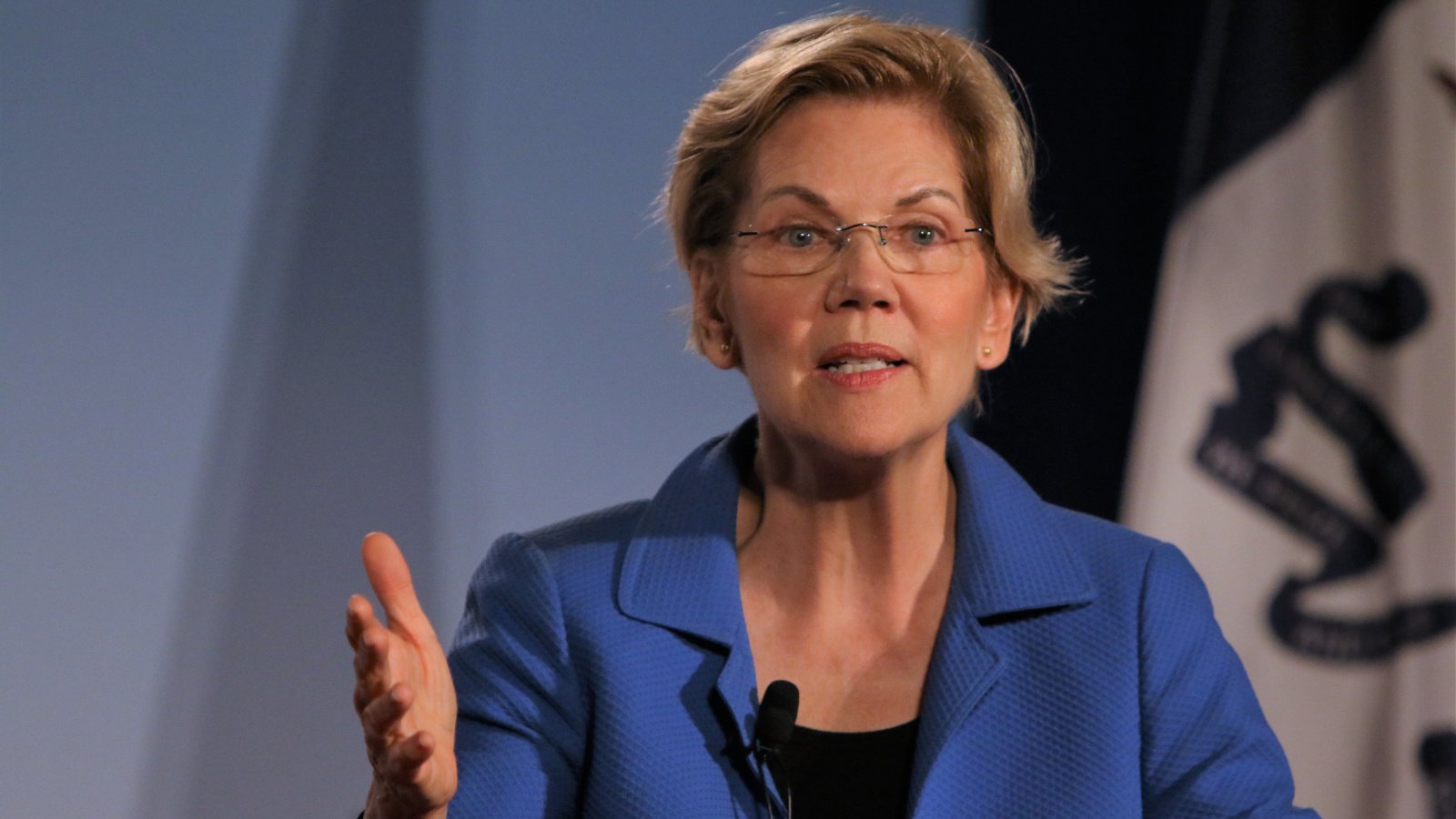Biden’s new plan for student loan forgiveness promises financial relief for many, but it’s treading through a minefield of legal challenges. From giving a break to those duped by for-profit colleges to long-time payers, the proposal is a beacon of hope for millions.
A Financial Fresh Start

In a striking development since August, over 7.5 million student loan borrowers have jumped on board with the U.S. government’s latest repayment scheme. This surge in enrollment signals a major shift towards more accessible education financing.
A Wave of Relief

President Joe Biden’s latest move has swept away the federal student loan debt for nearly 153,000 grateful borrowers. This act of forgiveness, targeted at those who’ve diligently paid off loans for a decade on an original borrowing of $12,000 or less, marks a milestone in education finance reform.
The SAVE Plan Revolution

The inception of the SAVE plan last year was a game-changer, designed to streamline and replace the mosaic of existing income-driven repayment options. It’s a beacon of hope, offering zero-dollar monthly payments for some and significantly lower payments for many, broadening the horizon for eligible borrowers.
Halving the Burden

For Lauran Michael and her husband, the introduction of the SAVE plan has been nothing short of a financial lifeline, slicing their student loan payments down to a manageable size. From a daunting $1,000 monthly to a more palatable $530, this reduction has opened new avenues for their financial planning and peace of mind.
Choosing Life Over Loans

The Michaels’ story is a testament to the transformative impact of the SAVE plan, liberating them from the weight of debt so they can pursue life’s other joys without restraint. It stands as a vivid illustration of the plan’s potential to reshape financial futures, enabling families like theirs to make choices unencumbered by the shadow of debt.
Investing in Futures

With the savings from paused payments during the pandemic and the reduced outlay under the SAVE plan, the Michaels are now channeling funds into their children’s daycare—a move that speaks volumes about the plan’s real-world benefits. This strategic reallocation of resources underscores the plan’s role in supporting families’ broader financial health and priorities.
Understanding Income-Driven Repayment

The concept of income-driven repayment plans is not new, offering a lifeline for federal student loan borrowers struggling with standard repayment schedules. With payments capped at a percentage of discretionary income, these plans promise a more manageable financial future, culminating in debt forgiveness after two to two and a half decades of payments.
Elevating Access with the SAVE Plan

The SAVE plan is pioneering new ground by making $0 payments more accessible to a wider range of borrowers. With a threshold set at 225% of the federal poverty line—$32,800 for an individual—compared to the 150% ($22,000) standard of other plans, it’s a financial lifeline extending further than ever before.
A Shield Against Snowballing Interest

A standout feature of the SAVE plan is its defense against accruing interest, ensuring borrowers’ balances won’t swell over time. Whether your monthly payment is $0 or more, any remaining interest gets waived, preventing the dreaded pile-up and making financial management more straightforward.
Anticipating Changes Ahead

Starting July 2024, the SAVE plan introduces even more borrower-friendly adjustments: capping payments for undergraduate loans at 5% of discretionary income (halving the current 10%) and setting a flexible range for mixed loan types. Additionally, it caps repayment periods to 20 years for undergraduate loans and 25 years for those involving graduate studies, promising a light at the end of the tunnel.
Eligibility for the SAVE Plan

Eligibility for the SAVE plan is broad, encompassing all borrowers within the Direct Loan Program who are maintaining good standing with their loans. This inclusive approach ensures a wide berth for participation and benefit.
Stepping into the SAVE Plan

Applying for the SAVE plan is streamlined through the Income-Driven Repayment Plan request available on the Education Department’s website. This digital doorway simplifies the journey towards manageable loan payments.
Confirmation of Forgiveness

For those lucky enough to have their debt forgiven under the SAVE plan, the Education Department will send an email notification. This communication ensures clarity and confirms the financial reprieve granted.
Beyond the SAVE Plan: Additional Relief Options

The landscape of student loan relief is varied, with the Public Service Loan Forgiveness program and other income-driven plans offering cancellations after dedicated periods. The Borrower Defense program also stands as a recourse for those misled by for-profit institutions, emphasizing the breadth of support available beyond the SAVE plan.
A New Horizon for Loan Forgiveness

In the wake of a Supreme Court setback, President Biden’s latest proposal opens a door to potential relief for a broad swath of borrowers, marking a determined second effort to ease the burden of student loans. This forward-looking plan targets those who have steadfastly paid down their loans over two or three decades, offers automatic forgiveness for eligible but unenrolled income-driven repayment plan borrowers, and promises cancellation for victims of underperforming for-profit colleges.
Navigating Legal Hurdles

The path to realizing this ambitious forgiveness agenda is clouded with uncertainty, as conservative forces gear up to contest Biden’s revamped approach. Despite its focused aim on specific borrower groups, this initiative is braced for a legal showdown, spotlighting the contentious battlefield of student loan relief.
Rolling Relief Under the SAVE Plan

Amidst the broader debate, tangible progress is being made for those eligible under the SAVE plan, with the Education Department implementing loan discharges on an ongoing basis. This methodical process of forgiveness underscores a commitment to providing immediate relief within the current legal framework, offering a glimmer of hope to qualified borrowers.








